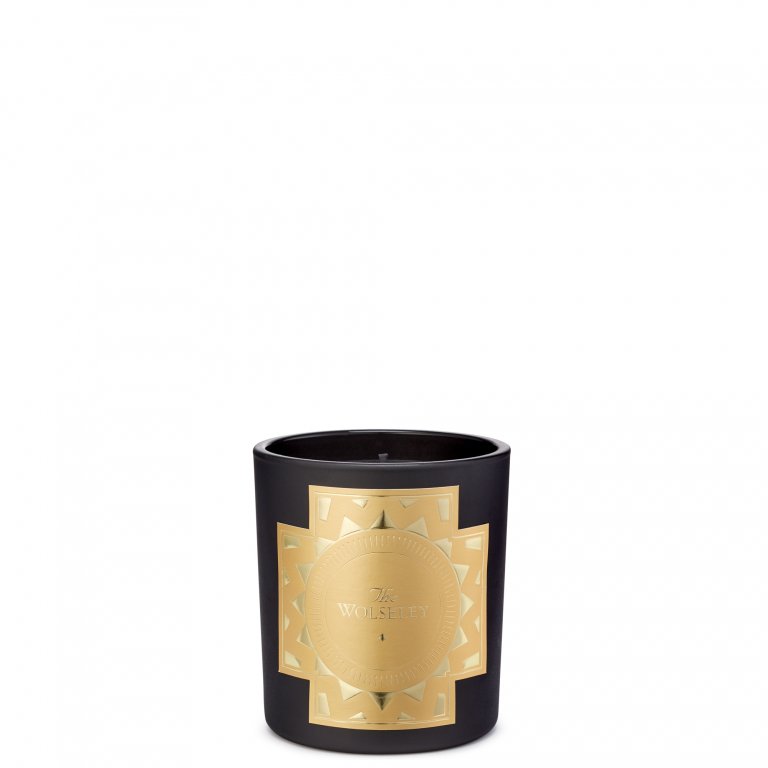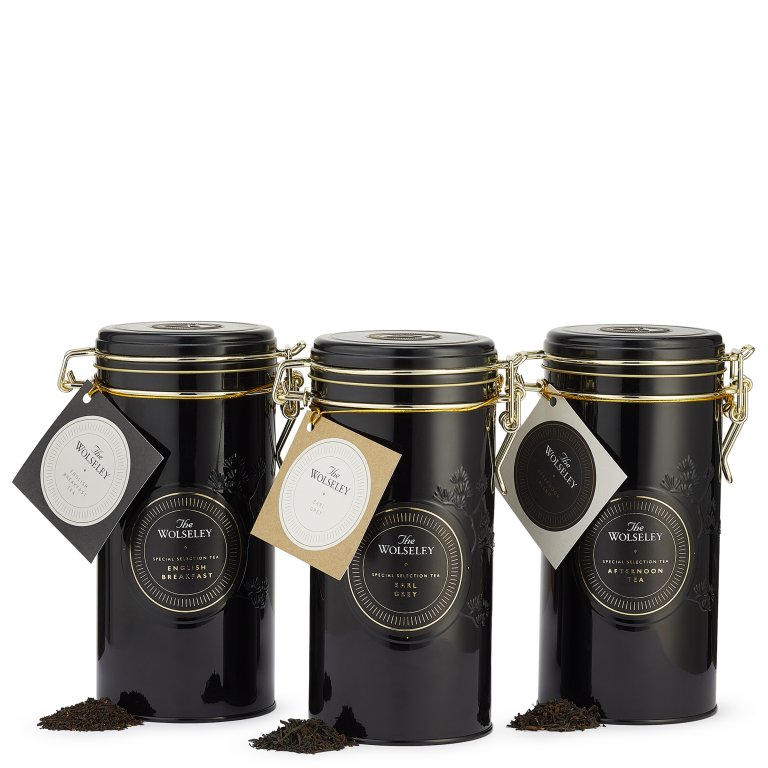An excerpt capturing the moment The Wolseley opens its doors for the first service of the day…
“As the clock moves towards seven o’clock and opening, the staff check their stations for the last time. The muesli and the sugar, the honey-pourers that look like children’s rattles, the antique silver tea- and coffee-pots, the strainers that revolve in their own saucers, the little confiture pots of raspberry jam, chocolate spread, lemon curd and marmalade, the yoghurt bowls, the fresh fruit salad, the compote of prunes, the menus, the napery.
It’s seven. The doors are opened and thirty seconds later the first customer walks in. Pinstriped and briefcased, already furrowed of brow, he barely looks at the waiter, who, knowing him as a regular, walks to a familiar table. He unfolds the Financial Times, orders tea and cereal. The day has begun.”
And excerpt from ‘Breakfast at The Wolseley’ by A.A. Gill. Buy here.








